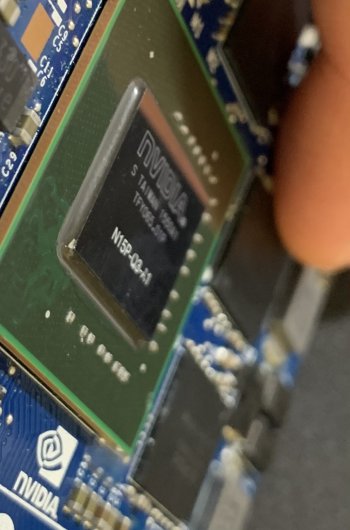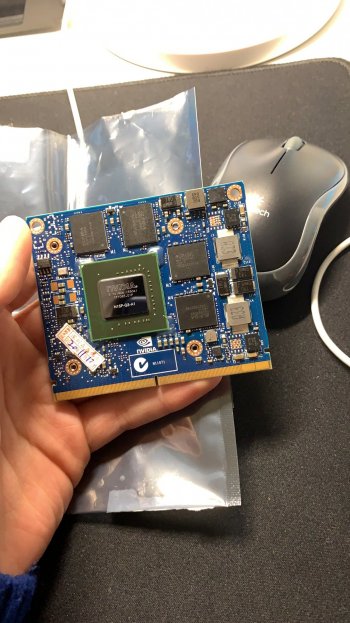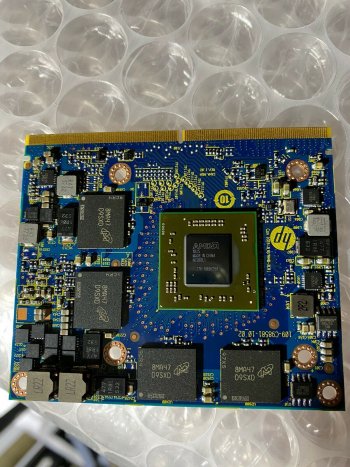Last December everything was quite on this market, then @Nick [D]vB and later @nikey22, @stephle and @internetzel published Apple compatible BIOS versions for nearly 20 models and a gold rush started on these cards. Prices doubled and tripled in May for the K2100M and K1100M and of course every broken electronic garbage hit this overheated market, too.I'm sorry. i thought to have already added it but i did it in the wrong place ( section about and not signature ) 😅
i hope that the gpu isn't dead , i don't have another pc with an mxm slot to test if it works, moreover i can see that i'm not the only one with this issue with a k2100m and if the mojority of gpus are dead only who is lucky can do this upgrade, isn't it?
And a lot of iMac users happily jumped onto that train. So we are here, some guys simple cannot flash or install a card on a heat sink, others get a dead cheap one. Greed is not a good advisor in shopping, in every investment.
I wrote the post about the boot chime loop. You can only break it by getting the card out, sometimes the PRAM buffer batterie, too (the CR2032 on front our back of the logic board). Then install the board without a GPU, do three PRAM resets in a row and reinstall the GPU. I know it is a pain ....





